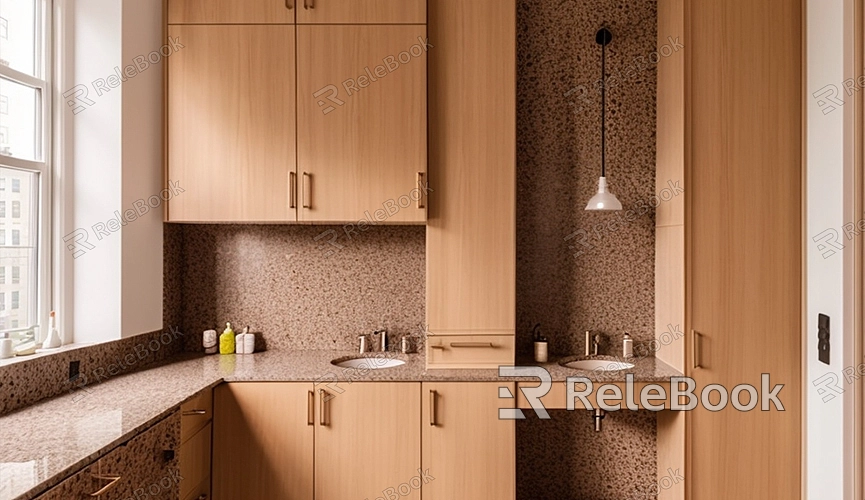How to Convert 2D Photo to 3D Model
In today's digital age, 3D models play a crucial role in game development, architectural design, visual effects, and more. For many creators and designers, converting an ordinary 2D photo into a realistic 3D model is a highly valuable skill. So, how can this be achieved? This article will guide you through the process of converting a 2D photo into a 3D model.
Step 1: Choose the Right Tool
To convert a 2D photo into a 3D model, the first step is to select the appropriate 3D modeling tool. Common 3D modeling software includes Blender, Autodesk Maya, and ZBrush. Each of these tools has its strengths and weaknesses but can meet the requirements for creating a 3D model from a 2D photo.
- Blender: A free, open-source software that is powerful and easy to learn, making it ideal for beginners.
- Maya: A professional-grade software often used by experts, offering comprehensive features but with a steeper learning curve.
- ZBrush: Excels in sculpting details, making it suitable for creating highly detailed models.
Step 2: Prepare Your 2D Photo
Before modeling, ensure your 2D photo is of high quality. The photo should have clear details and good lighting to capture more information during the modeling process. If the photo's resolution is low or details are blurry, you can use image editing software (like Photoshop) to enhance its clarity and contrast.

Step 3: Generate the 3D Model Using Software
1. Blender
Blender offers several methods to convert a 2D photo into a 3D model. One common method is using the photogrammetry technique, which generates a 3D model by analyzing multiple photos taken from different angles.
In Blender, you can use plugins like Blam to assist with photogrammetry. First, import your photo, then use the Blam plugin for camera calibration and image matching. Blender will then generate an initial 3D model based on this information.
2. Maya
In Maya, you can use similar photogrammetry techniques or manually model the 3D object. Manual modeling involves extracting contour lines from the photo and reconstructing these lines in 3D space to form a complete 3D model. While this method requires more time and skill, it can achieve higher precision and detail.
3. ZBrush
For creating a highly detailed 3D model, ZBrush is an excellent choice. You can first generate a basic 3D model in another software and then import it into ZBrush for detailed sculpting and texture addition. ZBrush's powerful sculpting tools can help you create very realistic model details.
Step 4: Add Textures and Materials
Once the initial 3D model is generated, the next step is to add textures and materials. Textures and materials make your 3D model look more realistic and vibrant. In Blender, you can use the "UV Unwrapping" tool to unwrap the model's surface into a 2D plane, then apply the photo as a texture map to the model. Maya and ZBrush also have similar tools and processes.
Step 5: Render and Export
After completing the modeling and texturing, you can proceed to rendering. Rendering is the process of converting the 3D model into a 2D image, adding lighting, shadows, and other effects to make the model appear more realistic. Blender, Maya, and ZBrush all have powerful rendering engines to help you achieve high-quality rendering results.
By following these steps, you can transform an ordinary 2D photo into a vivid 3D model. While this process requires time and skill, with continuous practice and learning, you will master this skill, adding new possibilities to your creativity and designs.
If you need high-quality 3D textures, HDRIs, or 3D model downloads for creating models and virtual scenes, you can download them from Relebook. After downloading, you can directly import the textures and 3D models into your project for use.

